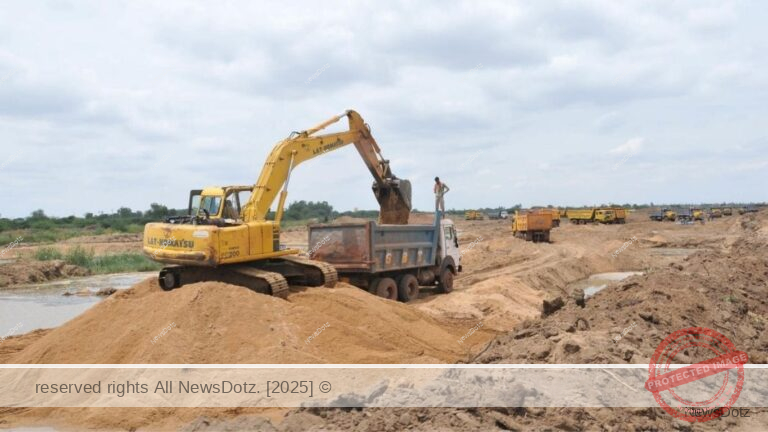
Researchers discovered a possible 9,500-year-old submerged city in Gujarat’s Gulf of Khambhat. Found during a marine survey, the site may predate Harappa, reshaping our understanding of ancient Indian civilizations.
Anshu Kashid
Pune | May 26, 2025: In the quiet depths of the Arabian Sea, a discovery has surfaced that could turn the pages of history upside down. What began as a routine environmental survey led to a stunning revelation—a possible ancient city submerged beneath the waters of the Gulf of Khambhat, off the coast of Gujarat. Far from being just another underwater anomaly, the remains hint at a once-flourishing civilization that predates even the Indus Valley.
This submerged site was accidentally found by researchers during a marine pollution survey conducted in the Gulf of Khambhat. Upon further inspection using advanced sonar technology, evidence of man-made structures—buildings, walls, and street-like layouts—emerged from beneath the waves. Extending approximately 5 miles long and 2 miles wide, the location is situated about 120 feet beneath the surface of the water.
The discoveries comprised pottery fragments, semi-precious gemstones, sculptures, and even human remains, indicating that the region was once a bustling urban community. The accuracy and organization of these structures amazed and fascinated researchers.
According to Dr. Badrinarayan, who led the National Institute of Ocean Technology (NIOT) research team, the evidence points to a civilization that could be as old as 9,500 years. If verified, this would place the city’s existence well before the Harappan civilization, making it one of the oldest urban settlements discovered to date.
Dr. Badrinarayan explained that the city might have been submerged due to the melting of glaciers and rising sea levels at the end of the last Ice Age—a cataclysmic event that could have wiped out early human habitats in coastal regions.
This intriguing site lies in the Gulf of Khambhat, situated in the Arabian Sea near Gujarat, just north of Mumbai and close to Diu Island. The region has long attracted the attention of archaeologists and marine historians due to frequent sightings of mysterious underwater formations.
While past claims about underwater cities have often been disputed or dismissed, this particular discovery stands out because of the clear structural evidence, scientific documentation, and carbon-dated artifacts retrieved from the site.
Despite the excitement, researchers urge caution. The area’s turbulent waters and silty seabed make further exploration difficult. Many details remain unverified, and the question of whether this was truly an organized city or a cluster of human settlements is still being studied.
However, the discovery has reignited debates on early human civilizations, their migration patterns, and how much history may still lie hidden beneath our oceans.
Follow us :
Instagram – https://www.instagram.com/newsdotz/
Youtube – https://www.youtube.com/@NewsDotz
Facebook – https://www.facebook.com/profile.php?id=61573903448264
Read – https://newsdotz.com/






